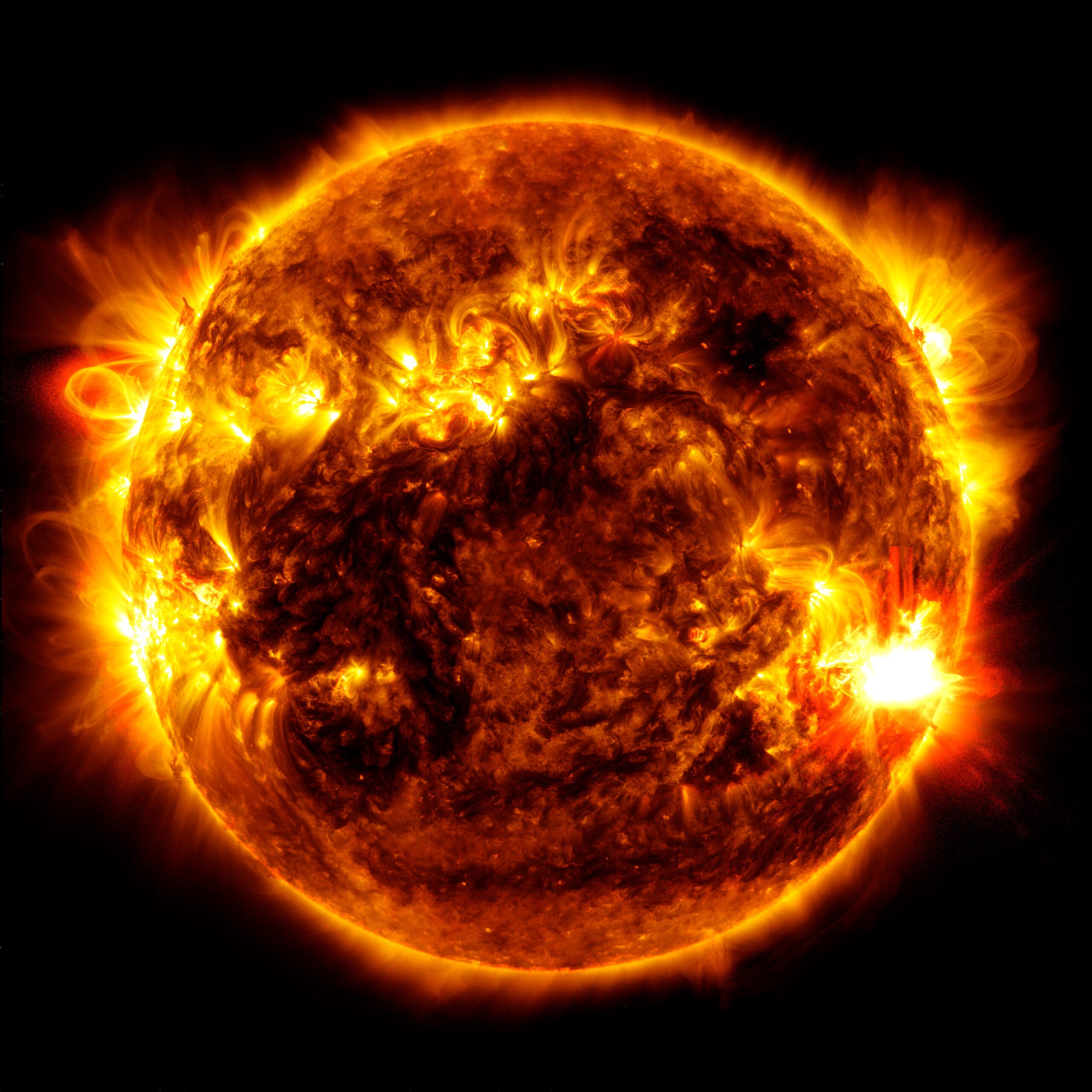Geomagnetic Storm in May 2024: A Stunning Display and Its Implications for Space Exploration
In May 2024, Earth experienced a geomagnetic storm that lit up the skies with auroras, creating a spectacular light display visible across the globe. These breathtaking sights result from the interaction between coronal mass ejections (CMEs)—massive bursts of plasma and magnetic fields from the Sun—and Earth’s magnetic field. This magnetic field acts as a shield, protecting our planet from the Sun’s radiation during these intense solar events.
Impact on Space Exploration and Human Safety
While Earth’s magnetic field provides a natural defense against solar radiation, what happens to humans and technology beyond this protective barrier is a significant concern, especially as NASA plans to send astronauts to the Moon and Mars. During the May geomagnetic storm, a small spacecraft named BioSentinel was gathering crucial data to better understand the effects of radiation in deep space.
“We wanted to take advantage of the unique stage of the solar cycle we’re in—the solar maximum, when the Sun is at its most active—so that we can continue to monitor the space radiation environment,” said Sergio Santa Maria, the principal investigator for BioSentinel’s spaceflight mission at NASA’s Ames Research Center in California’s Silicon Valley. “These data are relevant not just to the heliophysics community but also to understand the radiation environment for future crewed missions into deep space.”
BioSentinel: A Small Satellite with a Big Mission
BioSentinel is a compact satellite, roughly the size of a cereal box, currently orbiting the Sun more than 30 million miles away from Earth. It faced the May coronal mass ejection without the protection of a planetary magnetic field. Preliminary analysis of the data collected by BioSentinel indicates that, despite the geomagnetic storm being extreme—disturbing Earth’s magnetic field—it was only a moderate solar radiation storm. This means it did not lead to a significant increase in hazardous solar particles, posing no major threat to terrestrial lifeforms, even if they were unprotected like BioSentinel. These measurements are invaluable for scientists aiming to comprehend how solar radiation storms propagate through space and assess their potential impacts on life beyond Earth.
BioSentinel’s Original and Evolving Mission
The initial mission of BioSentinel was to study yeast samples in deep space. Although these yeast samples are no longer alive, BioSentinel has adapted, continuing to serve as a unique platform for investigating the potential impacts of deep space conditions on life outside the protection of Earth’s atmosphere and magnetosphere. The spacecraft’s biosensor instrument is collecting valuable data about deep space radiation. More than a year and a half after its launch in November 2022, BioSentinel is moving farther from Earth, providing increasingly valuable data to scientists.
“Even though the biological part of the BioSentinel mission was completed a few months after launch, we believe that there is significant scientific value in continuing with the mission,” said Santa Maria. “The fact that the CubeSat continues to operate and that we can communicate with it, highlights the potential use of the spacecraft and many of its subsystems and components for future long-term missions beyond low Earth orbit.”
The Bigger Picture: Understanding Space Environments
The dazzling auroras we see in the sky serve as a beautiful reminder of the unseen forces that govern our cosmic neighborhood. As NASA and its partners strive to understand more about space environments, platforms like BioSentinel are crucial for learning about the risks associated with surviving beyond Earth’s protective sphere.
Good to Know Information
For those unfamiliar with some of the technical terms, here is a brief explanation:
- Geomagnetic Storm: A temporary disturbance of Earth’s magnetic field caused by solar wind shock waves or cloud of magnetic field that interact with the Earth’s magnetic field.
- Coronal Mass Ejections (CMEs): Large expulsions of plasma and magnetic field from the Sun’s corona. These can release billions of tons of coronal material and carry an embedded magnetic field stronger than the background solar wind interplanetary magnetic field (IMF) strength.
- Solar Maximum: The period during the solar cycle when the number of sunspots and solar activity is at its highest.
Reactions and Reviews
The scientific community has shown great interest in BioSentinel’s data, as it provides new insights into the behavior of solar radiation storms in space. This information is vital for planning future manned missions to the Moon and Mars, ensuring the safety of astronauts and the success of these missions.
Scientists are particularly excited about the potential applications of BioSentinel’s findings. For instance, understanding how solar radiation travels through space can help in designing better shielding for spacecraft and habitats on other planets, protecting future explorers from harmful radiation.
Moreover, BioSentinel’s continued operation beyond its initial mission showcases the durability and adaptability of CubeSats—small satellites that can be used for long-term space missions. This paves the way for more cost-effective and versatile exploration tools in the future.
In conclusion, the May 2024 geomagnetic storm not only provided a stunning visual spectacle but also offered a valuable opportunity for scientific discovery. BioSentinel’s ongoing mission continues to contribute important data, helping us understand the challenges of deep space exploration and ensuring that humanity is better prepared for journeys beyond Earth’s protective magnetic field.
For more information, you can visit the original mission page of BioSentinel.
For more Information, Refer to this article.


































